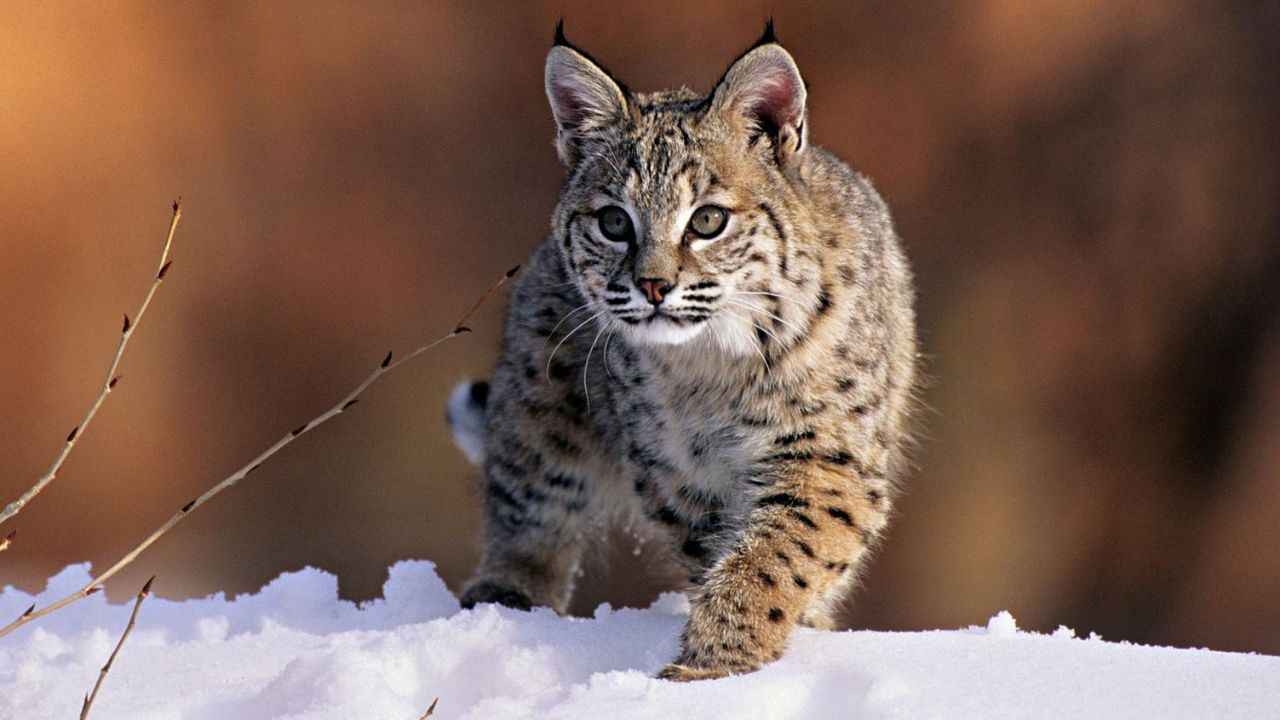In a heartbreaking turn of events, twenty big cats, including a Bengal tiger and four cougars, have tragically died from bird flu at the Wild Felid Advocacy Center in Washington State. The sanctuary, dedicated to the care of wild felines, is now under quarantine as authorities work to prevent the virus from spreading further.
The deaths, which occurred between late November and mid-December, have shaken the team at the sanctuary. Mark Mathews, the sanctuary’s director, shared with the New York Times that they had never experienced such a devastating event. “We’ve never had anything like it; they usually die basically of old age. Not something like this, it’s a pretty wicked virus,” he said.
The sanctuary’s team is grieving the loss of these incredible animals, as outlined in a post on the center’s Facebook page. Among the victims were five African serval cats, four bobcats, two Canada lynx, and a Bengal tiger, which together with the cougars, has left the center with only 17 cats remaining.
How Bird Flu Affects Big Cats
Bird flu, or avian influenza, is primarily a disease that affects birds, but it can also be transmitted to mammals, including big cats. The virus spreads through respiratory secretions and bird-to-bird contact, and mammals can ingest the virus by consuming infected birds or bird products. The sanctuary’s statement explained that cats, particularly large felines, are especially vulnerable to bird flu.
The symptoms of the virus in cats can start subtly but progress rapidly. Often, the cats show signs of respiratory distress and pneumonia-like symptoms, which can lead to death within 24 hours. The swift and deadly nature of the illness has left the sanctuary with the daunting task of dealing with the loss of so many animals.
The Virus Spreads: A Nationwide Concern
This outbreak comes amid a wider concern over the spread of bird flu in the United States. The virus, which has long affected poultry, has now infected cattle and even humans. In March 2024, bird flu was reported in US cattle for the first time, leading to widespread concern in the agricultural sector.
As of April 2024, the Centers for Disease Control and Prevention (CDC) reported 61 human cases of bird flu in the US. Although the risk to the general public remains low, with most human cases showing only mild symptoms, the disease’s rapid spread among animals has raised alarms. One person in Louisiana had to be hospitalized with a severe case of the flu this month, underscoring the ongoing threat of the virus.
In California, where bird flu has affected dairy cows, Governor Gavin Newsom declared an emergency last week. The declaration allows the state to have the necessary resources and flexibility to respond quickly to the outbreak, highlighting the seriousness of the situation in agriculture.
The situation at the Wild Felid Advocacy Center serves as a stark reminder of how quickly a virus can devastate vulnerable animal populations. Animal sanctuaries and zoos across the country will need to take extra precautions to protect their animals from the growing risk of bird flu.
The center remains closed to the public to prevent further spread of the virus. While the loss of so many beloved animals is devastating, the sanctuary is focused on preventing any more deaths and working with health authorities to understand how best to protect the remaining cats.
The tragic events in Washington also underscore the importance of monitoring wildlife and domestic animal health. As bird flu continues to evolve and spread, it is essential that both public health and wildlife experts continue to collaborate to prevent further outbreaks, ensuring that both human and animal populations are kept safe.
In the wake of this tragedy, the sanctuary has called for increased awareness and vigilance, not only for the safety of animals but for the broader implications of the disease on public health. As bird flu continues to affect various species, the hope is that this will be a turning point for better prevention and response strategies across the country.


